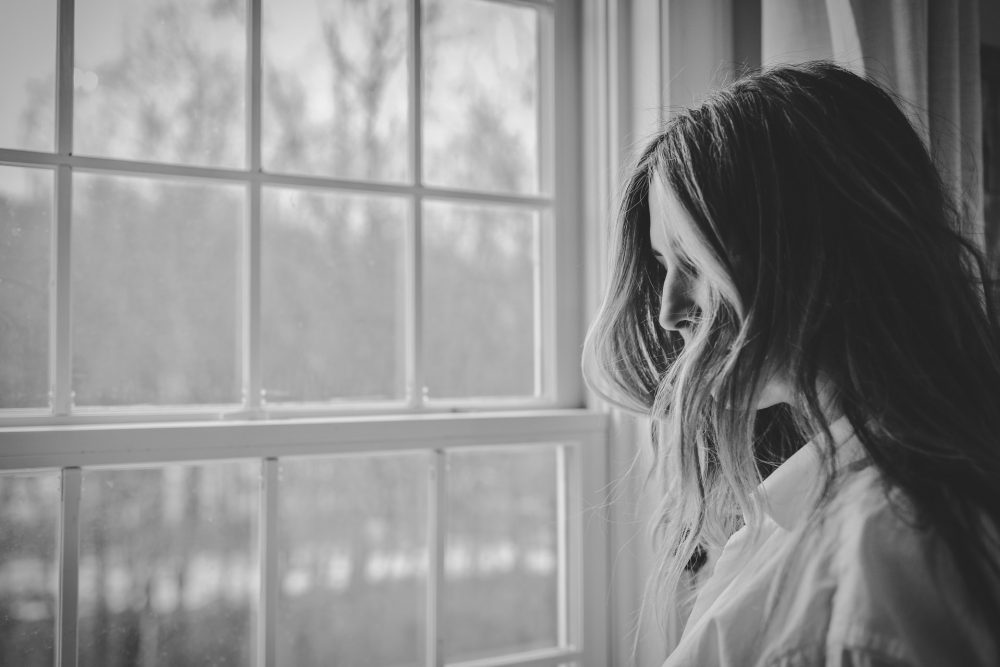
Article by Hanna Silva, Clinical psychologist at Flow Neuroscience
And with it travels a dark army of long nights, conquering sunbeams on its journey across the Northern hemisphere.
Now, imagine this inevitable darkness, not only devouring the light around you, but also dimming down the sparkling electricity which normally illuminates some of the most fundamental chambers of your psyche – your museum of memories reminding you of joyful times, your dining room controlling your appetite, your activity center accommodating your zest for new experiences, and your self-esteem exhibit displaying your achievements and admirable characteristics.
For some people, seasonal changes not only happen in nature, but inside the mind as well. As days grow darker, so do thoughts. As temperature drops, so do energy levels.
The condition is known as Seasonal Affective Disorder (SAD), or, if you happen to read the Diagnostic Manual of Mental Disorders, it’s called “Major Depressive Disorder with Seasonal Pattern”.
The lack of daytime light during the winter months is thought to disturb the circadian rhythm of the body, causing depression. Symptoms include low mood, loss of interest or pleasure in almost all activities, appetite and sleep disturbances, unusual fatigue, excessive feelings of guilt or shame, concentration difficulties and suicidal thoughts or plans.
The most common form of SAD strikes every fall or winter when there is less natural sunlight, and lifts as spring approaches. Consequently, it’s more common in people who live far from the equator.
Though it’s difficult to determine exactly how many people are affected by SAD, SAD-researchers suggest it’s quite common in temperate countries to experience a few symptoms during the winter months, but only around 2-5 % fall into the dusky abyss known as clinical depression. A complex interaction between genetic, biochemical, environmental and cultural factors determines how each person responds to seasonal changes.
So, how do we avoid it? How do we keep the electric circuits of our brains lit as the army of darkness overcomes our favourite ally – daylight?
Well, whether you struggle with a few symptoms or suffer from a full-blown depressive episode, there are many strategies to help you recover.
Psychotherapy and antidepressant medication are common treatments. Transcranial Direct Current Stimulation (tDCS) – a very gentle form of brain stimulation – is a third, research-based option. They can be combined for more powerful results.
In addition, developing antidepressant routines and habits is one of the safest routes to defeating the darkness of depression. And you can get there by yourself.
Along with countless other mental health researchers, Schuch and colleagues have concluded that physical exercise is an evidence-based depression treatment for children, adults and older adults on all continents of the world.
It seems almost cruel that if you fall into a dark abyss of low mood and fatigue, you are supposed to jump and sweat your way up. However, it is effective. Actually, physical exercise is as effective as antidepressants. And it’s the only treatment with an immediateeffect on mood. Long-term, 30-40 minutes of exercise 3-4 times a week stimulates the birth of new brain cells, protecting the brain from depression and anxiety.
In an impressive study from 2020, including 36 595 participants, Hallgren and colleagues found that exercising only 1-2 times a week significantly decreased the risk of depression.
SAD is thought to occur because of a lack of sunlight. Consequently, it’s beneficial to give your light-thirsty body as much of it as possible. Spend at least 30 minutes outdoors each day and sit near a window when inside.
Some people with SAD experience significant improvements with light therapy – sitting near a specially designed light box for around 30 minutes each morning. The research base for light therapy is not as convincing as for physical exercise or antidepressants, but for some it can be helpful within only one week. Especially if you use it first thing in the morning.
What you eat will inevitably impact how you think and feel.
In their research article with the rather startling title “Gutted!”, Thomas Bastiaansen and his colleagues explain how the brain and the gut are connected via the vagus nerve – a connection also known as the gut-brain-axis. It can be thought of as a bidirectional highway with substances constantly travelling back and forth between the head and the stomach.
The best way to start an antidepressant diet is to add vegetables, fruit, legumes, nuts, seeds and whole grains. Avoid sugar, white flour, processed meat, artificial sweeteners, stabilizers and thickeners – all of which increase inflammation in your gut and thereby the risk of depression.
You only get one mind. Meditation helps you take good care of it.
In their meta-analysis from 2020, Li and colleagues found that 8 weeks of mindfulness meditation significantly improved depression, stress and anxiety. Other studies have found that mindfulness practice and meditation can prevent depressive relapses.
By taking a compassionate and non-judgemental look inside your mind and body, you will inevitably get to know yourself better and be able to detect early signs of depression. You can start by finding a guided mindfulness meditation online and spend 10-30 minutes exploring your inner world.
Even though seasonal changes can be a challenge for your mental health, you don’t stand without allies. Psychotherapy, medication, tDCS, exercise, light therapy, nutrition and meditation are powerful enough to protect you from depression. In combination, they may even transform you into an impregnable fortress.
